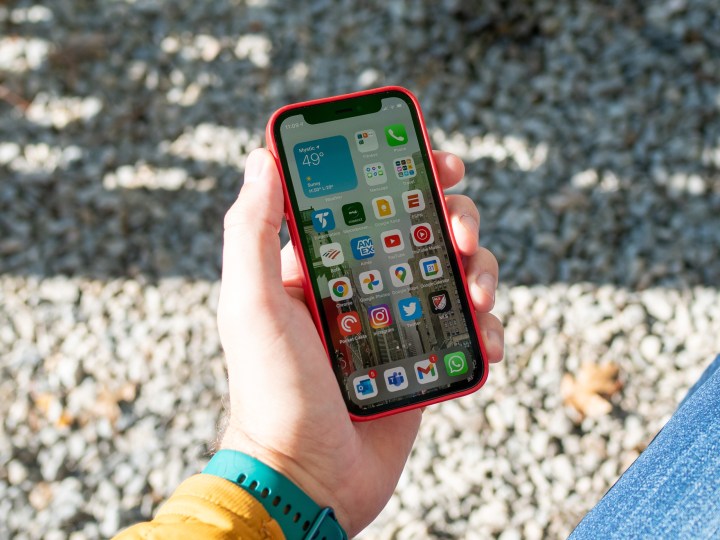It may be a year older now, but the iPhone 11 remains a beautiful and powerful smartphone. Its camera is top-notch, its screen is vibrant, it has great battery life, and yes, it can take screenshots. OK, so the ability to take a screenshot is hardly new or unique, but it’s a function that is used widely by pretty much everyone with a phone. That’s why this article explains how to take a screenshot on an iPhone 11. It also explains how to edit a screenshot on an iPhone 11, as well as how to share it and find it in the Photos app.
How to take a screenshot on an iPhone 11

To take a screenshot on an iPhone 11, simply press the Volume Up and Side buttons at the same time, before quickly releasing them. Don’t hold these buttons; otherwise, you’ll bring up the Power Off screen (you can tap the Cancel button to exit).
Once you’ve pressed and released the Volume Up and Side button, the iPhone 11’s screen will flash and you’ll see the screenshot you’ve just taken appear in the bottom-left corner of the screen. You can tap on it to bring up the Edit screen, which lets you share the screenshot or delete it.
How to edit your screenshot
Having taken your screenshot and tapped on it, you can now crop it by dragging on any of the bold lines on its outline. There are eight of these: One on each corner of the screenshot and one in the middle of each side. If you’ve cropped the screenshot, you can undo your edit by tapping the Undo button at the top of the screen. You can also tap Done to finish editing.
Aside from cropping the screenshot, you can also mark it up by choosing one of the pen or pencil tools displayed at the bottom of the screen. There’s also a Plus button in the bottom-left corner, which brings up a sub-menu of additional edit options. These let you add text, your signature, or highlight boxes (such as the ones Digital Trends adds to its images in How-To articles).
Again, tap Undo at any time to erase the previous edit, or you can also redo if you have a change of heart. Tap Done to finish.
How to share your screenshot
If you want to share your screenshot, tap the Share icon at the top-right corner of the screen (it looks like a square with an arrow pointing out of it).
This will bring up a range of sharing and saving options. At the top, you can scroll horizontally through a range of apps you can use to share the screenshot, including Mail, WhatsApp, Messenger, Twitter, and so on. Below the app options, you’ll find a vertical array of additional options, including Print, Save to Files, Add to Shared Album, and Create Watch Face (if you have an Apple Watch).
Tap on whichever option you’d like and follow the on-screen instructions, which vary from one option to another. For example, if sharing through WhatsApp, you’ll have to choose a contact to share the screenshot with, and then tap Next.
Where to find your screenshots
Once you’ve taken your screenshot, you can usually find it in Photos. Either you can go to Albums > Recents, or you can go to Albums > Screenshots. If you’ve chosen to Save to Files after taking a screenshot, you’ll find it in Files on your Home screen (or in your App Library).










